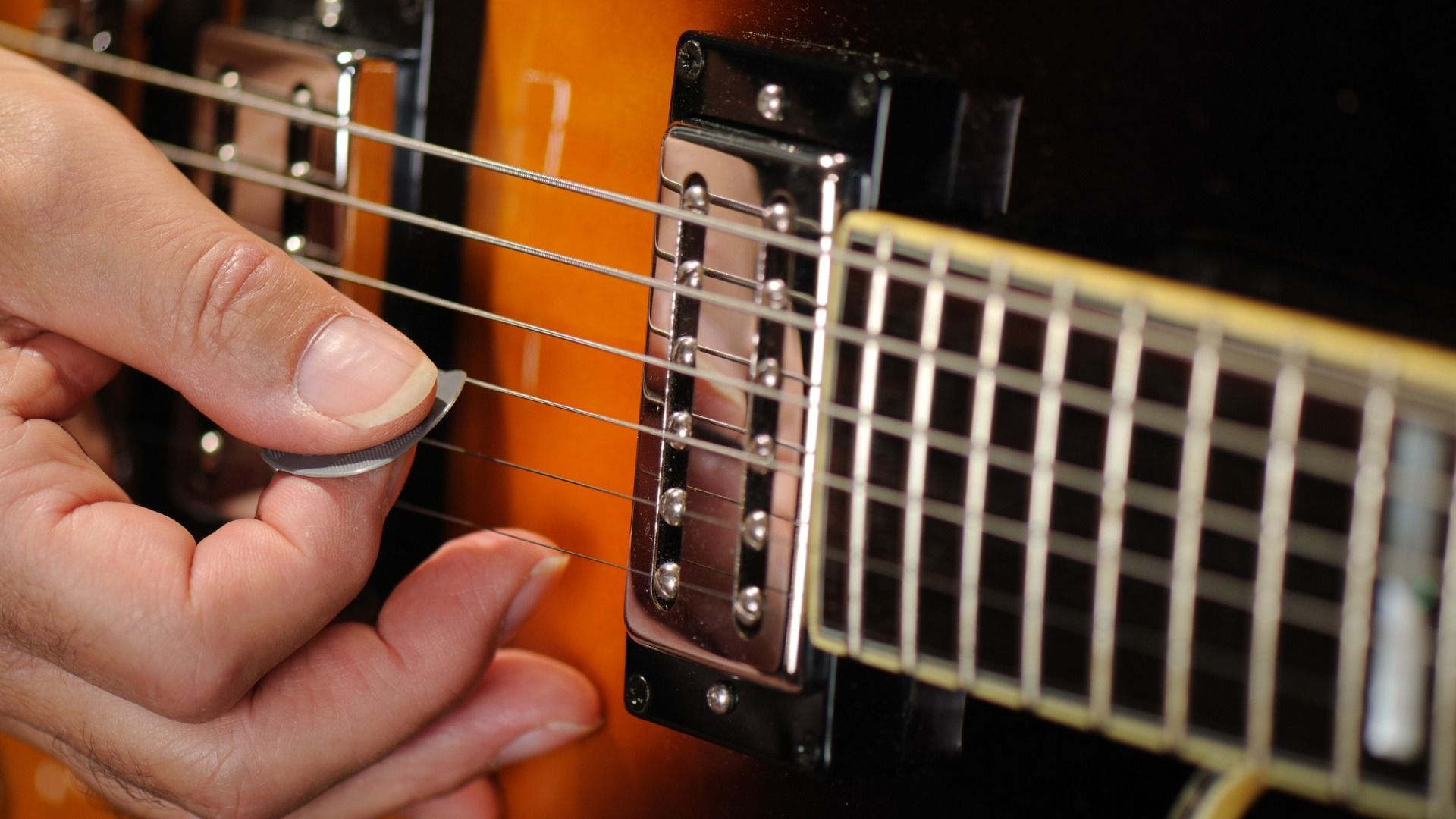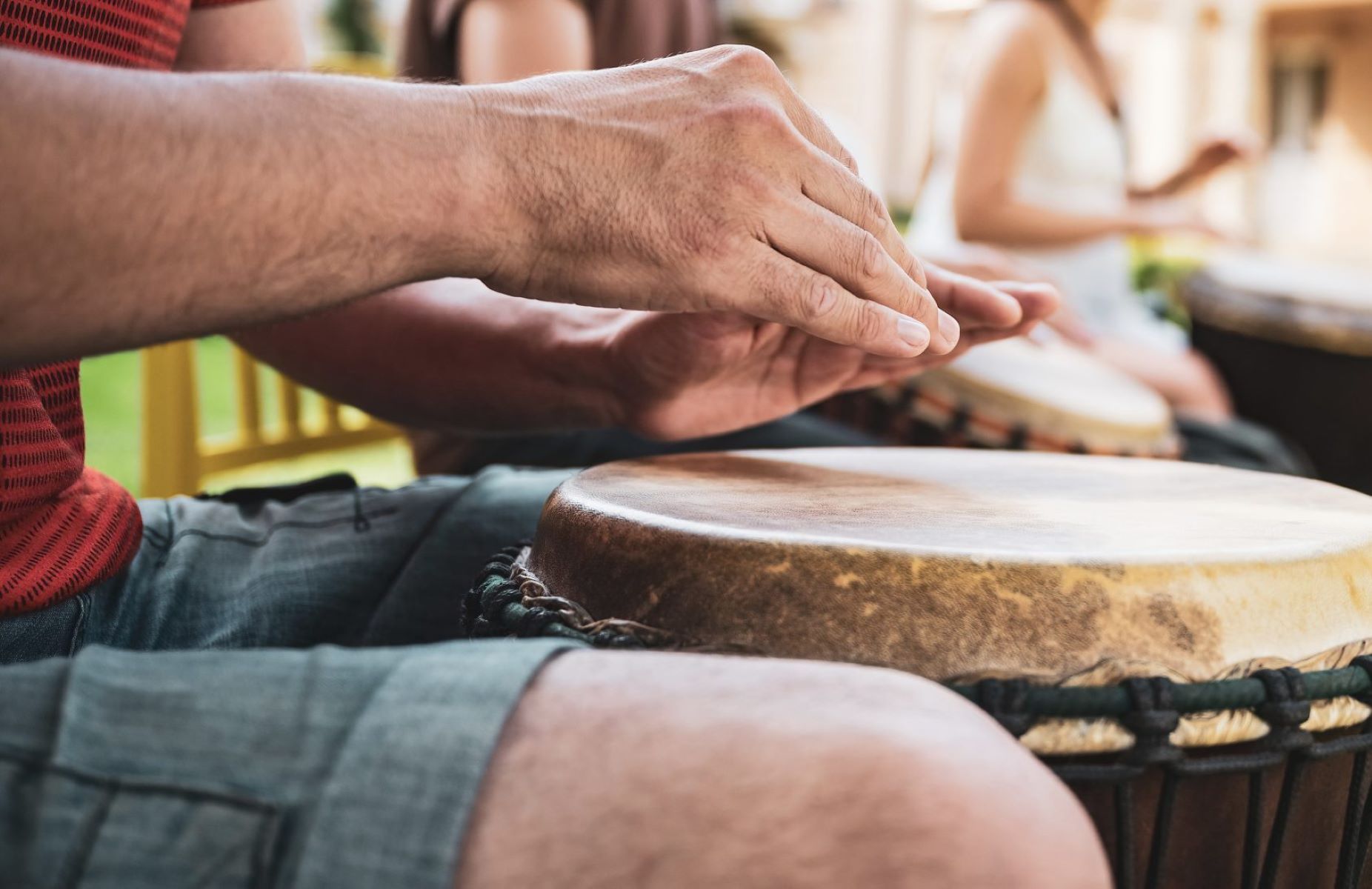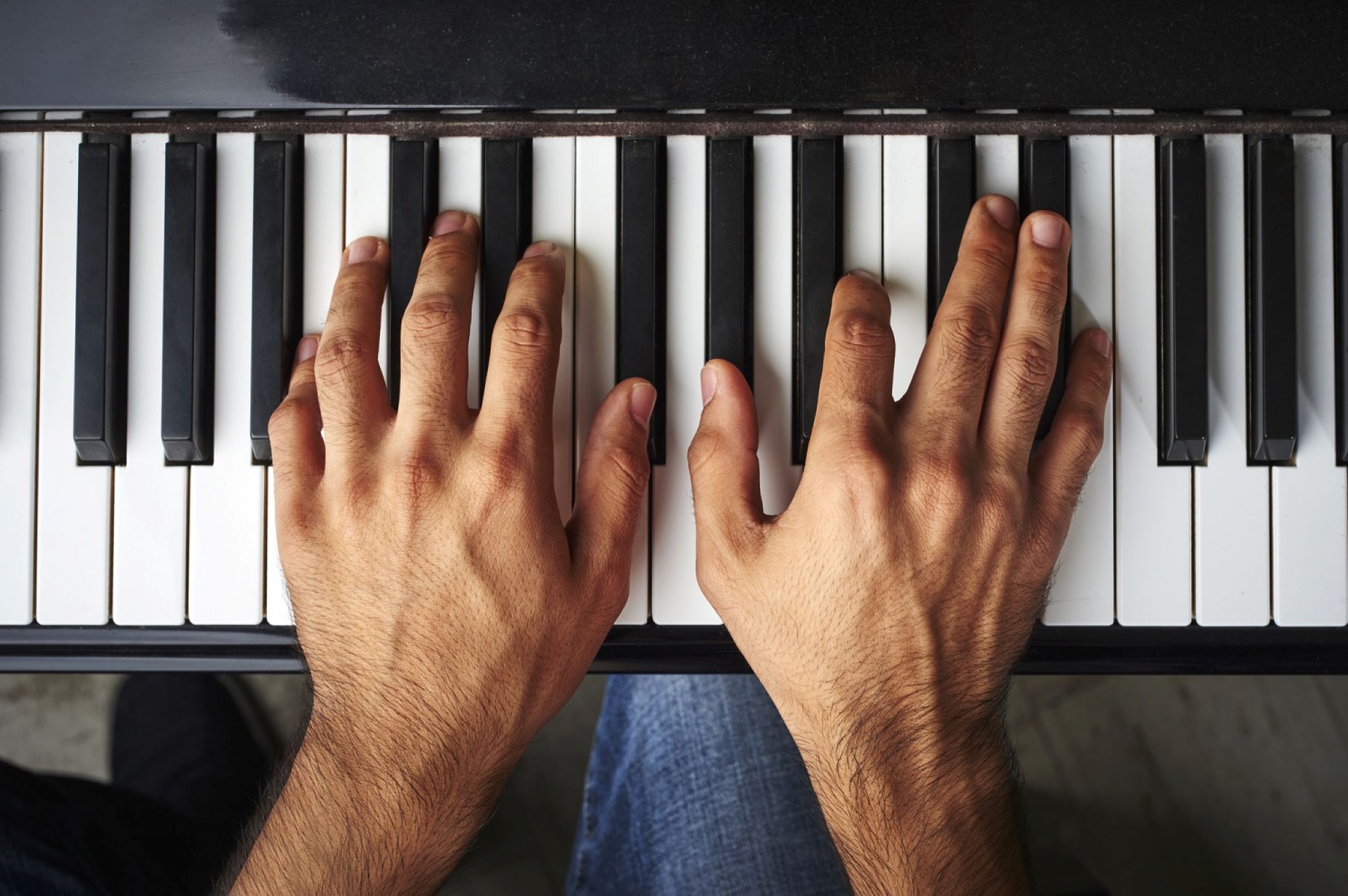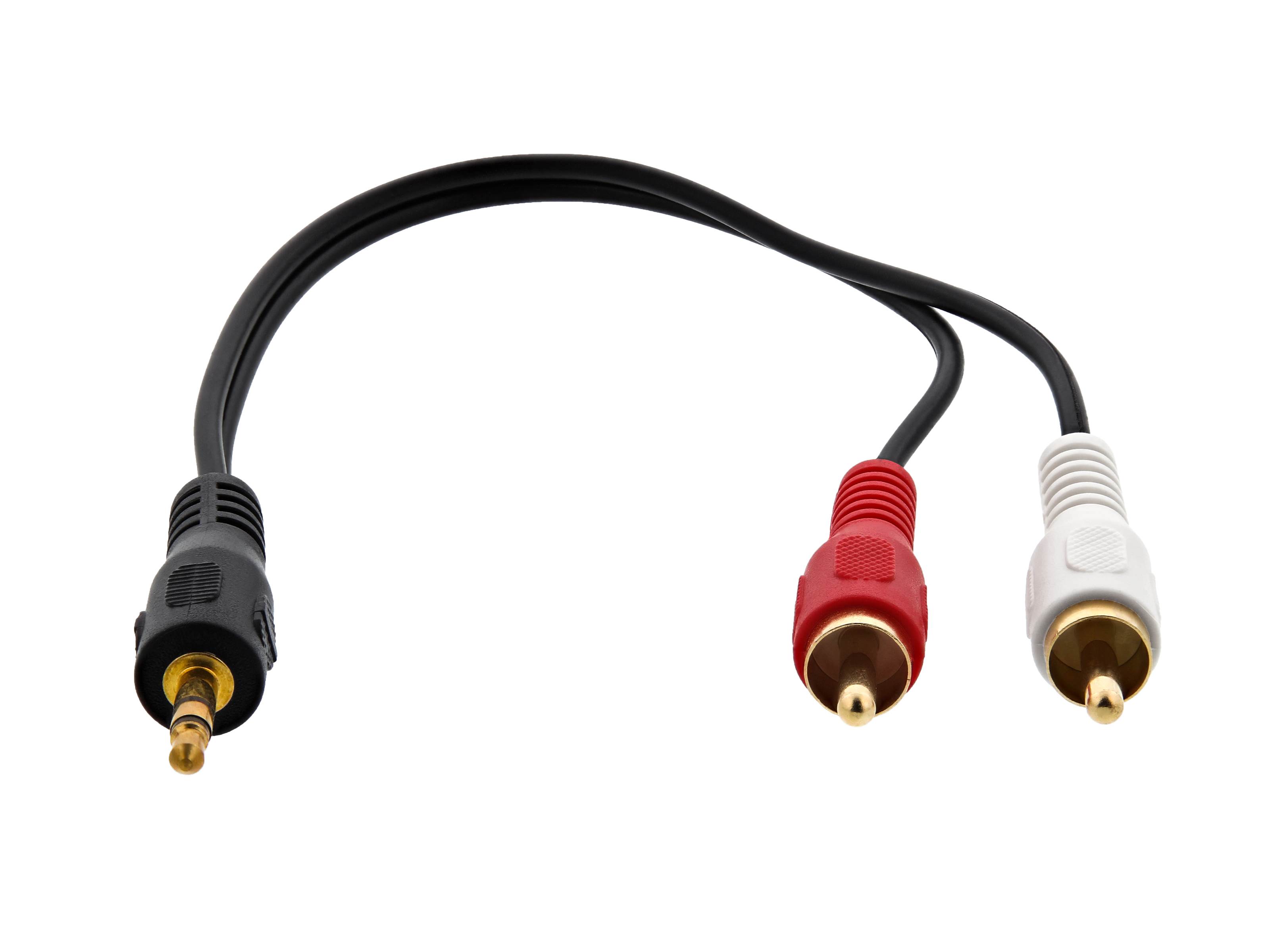Home>Instruments>Guitar>How To Hold A Right-Handed Guitar
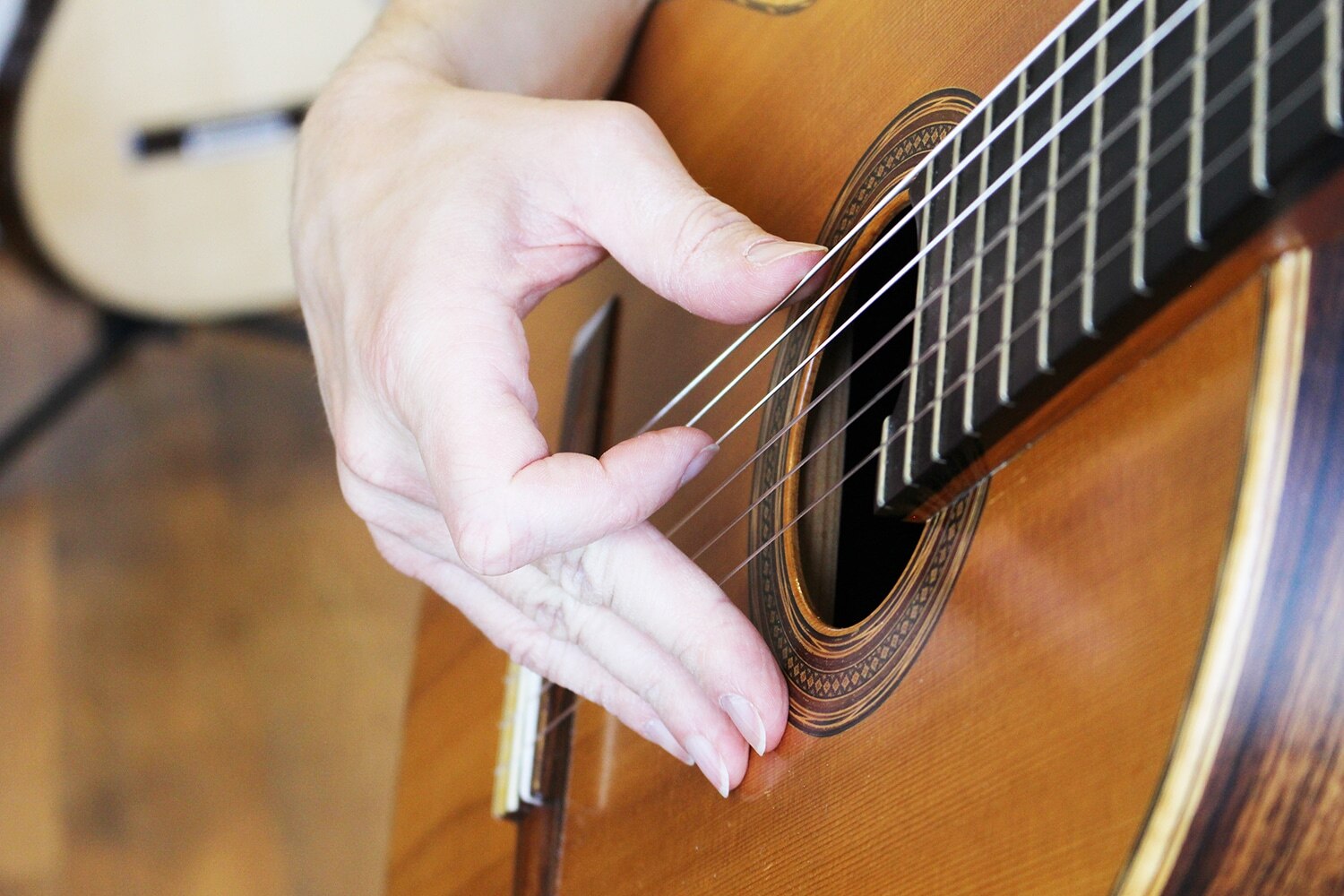

Guitar
How To Hold A Right-Handed Guitar
Published: February 13, 2024
Learn the proper technique for holding a right-handed guitar and improve your playing skills with our step-by-step guide. Master the art of playing the guitar with expert tips and advice.
(Many of the links in this article redirect to a specific reviewed product. Your purchase of these products through affiliate links helps to generate commission for AudioLover.com, at no extra cost. Learn more)
Table of Contents
Understanding the Basics of a Right-Handed Guitar
Playing the guitar is a fulfilling endeavor that offers a creative outlet and a means of self-expression. Whether you’re a beginner or an experienced musician, mastering the fundamentals of holding a right-handed guitar is essential for honing your craft. The way you hold the guitar greatly influences your playing technique and overall comfort, making it crucial to understand the proper form and position.
In this comprehensive guide, we will delve into the intricacies of holding a right-handed guitar. From finding the optimal position to perfecting your strumming and picking technique, each aspect plays a pivotal role in shaping your musical journey. By grasping these fundamental principles, you can lay a solid foundation for your guitar-playing endeavors and embark on a fulfilling and enriching musical odyssey.
Whether you aspire to strum soothing melodies or unleash electrifying riffs, the way you hold a right-handed guitar forms the bedrock of your musical prowess. Join us as we unravel the art of holding a right-handed guitar and embark on a harmonious journey through the melodious realm of music.
Understanding the Basics of a Right-Handed Guitar
Before delving into the intricacies of holding a right-handed guitar, it’s essential to familiarize yourself with its fundamental components. A typical right-handed guitar comprises the body, neck, frets, and strings. The body serves as the resonating chamber, amplifying the sound produced by the strings. The neck extends from the body and houses the fretboard, where you position your fingers to produce different notes and chords. The strings, usually six in number, are stretched along the length of the neck and body, producing distinct sounds when plucked or strummed.
Understanding the anatomy of a guitar is crucial for developing a strong foundation in playing this versatile instrument. Additionally, familiarizing yourself with the terminology and function of each part will facilitate a deeper comprehension of the techniques involved in holding and playing a right-handed guitar.
Furthermore, it’s important to note that the right-handed guitar is designed to be played with the right hand strumming or picking the strings, while the left hand presses the strings against the fretboard to produce different notes and chords. This configuration is the standard for right-handed players and forms the basis for the techniques we will explore in this guide.
By gaining a solid understanding of the basic structure and functionality of a right-handed guitar, you can lay the groundwork for a fulfilling and melodious journey into the captivating world of guitar playing.
Finding the Right Position
Establishing the correct posture and positioning when holding a right-handed guitar is paramount for both comfort and optimal playing technique. Start by sitting on a chair with a straight back, ensuring that your feet are flat on the floor. The guitar should rest on your right thigh, with the waist of the guitar snug against your body. This position provides stability and allows for unrestricted movement of your strumming hand.
It’s crucial to find a balance between a relaxed posture and a firm grip on the guitar. Avoid slouching or leaning too far forward, as this can lead to discomfort and strain during extended practice sessions. Additionally, ensure that the guitar is positioned at a comfortable height, allowing your fretting hand to easily reach the neck without excessive stretching or straining.
Furthermore, finding the right position extends beyond physical comfort; it also influences your playing dynamics and overall performance. By maintaining a stable and ergonomic posture, you can enhance your dexterity, precision, and control when navigating the fretboard and executing intricate chord progressions and melodies.
Ultimately, the right position sets the stage for a seamless and enjoyable guitar-playing experience, enabling you to channel your creativity and musical expression with ease and fluidity.
Holding the Guitar Neck
Once you have established the proper position for holding the right-handed guitar, it’s essential to focus on the technique for holding the guitar neck. The neck of the guitar should be cradled in the palm of your left hand, with your thumb resting comfortably on the back of the neck. This grip allows for optimal support and control while navigating the fretboard and forming chords.
It’s important to maintain a relaxed yet firm grip on the neck, avoiding excessive tension in your hand and fingers. This balance ensures that you can swiftly transition between chords and notes while minimizing strain and fatigue during extended practice sessions.
Additionally, pay attention to the positioning of your wrist and forearm. Your wrist should remain straight, allowing your fingers to press down on the strings with precision and ease. Avoid bending your wrist excessively, as this can impede your dexterity and lead to discomfort or injury over time.
By mastering the art of holding the guitar neck with finesse and control, you can unlock a world of melodic possibilities and elevate your playing prowess with grace and fluidity.
Placing Your Fingers on the Fretboard
As you embark on your guitar-playing journey, mastering the art of placing your fingers on the fretboard is a pivotal step in honing your musical skills. When playing a right-handed guitar, the fretting hand—typically the left hand for right-handed players—is responsible for forming chords and producing distinct notes across the fretboard.
Begin by positioning your fretting hand so that your thumb rests comfortably on the back of the guitar neck, providing support and stability. Your fingers should arch over the fretboard, allowing each fingertip to press down on the strings without inadvertently muting adjacent strings.
When forming chords, aim to place your fingers close to the fret wire without directly resting on it. This positioning facilitates clear and resonant notes, minimizing the potential for buzzing or muffled sounds. Additionally, strive to maintain a relaxed yet controlled grip, allowing your fingers to exert just enough pressure to produce a clean sound without straining or tensing up.
As you navigate the fretboard, pay attention to the placement of each finger when transitioning between chords and notes. Aim for efficient finger placement, minimizing unnecessary movement and optimizing your ability to execute seamless chord progressions and melodic phrases.
By mastering the art of placing your fingers on the fretboard with precision and finesse, you can unlock a world of musical expression and embark on a melodious journey filled with captivating chords and enchanting melodies.
Strumming and Picking Technique
Developing proficient strumming and picking techniques is essential for unleashing the full potential of a right-handed guitar. Whether you aspire to strum soothing ballads or deliver electrifying riffs, mastering these techniques will elevate your playing prowess and musical expression.
When it comes to strumming, the motion should originate from your wrist, allowing for fluid and rhythmic movements across the strings. Whether you opt for a pick or prefer fingerstyle playing, maintaining a consistent and controlled strumming pattern is key to producing resonant and harmonious chords. Experiment with different strumming patterns and rhythms to cultivate versatility and dynamism in your playing.
For picking techniques, focus on precision and control when plucking individual strings or executing intricate melodies. Whether you’re navigating through scales or crafting intricate solos, honing your picking technique will enhance your ability to convey emotion and nuance through each note.
Additionally, pay attention to the angle of your pick and the position of your picking hand. Experiment with various angles and hand placements to discover the nuances in tone and articulation that each approach offers.
By dedicating time to refining your strumming and picking techniques, you can unlock a world of rhythmic possibilities and melodic intricacies, empowering you to convey your musical vision with clarity and finesse.
Conclusion
Congratulations on embarking on the enriching journey of mastering the art of holding a right-handed guitar. By understanding the fundamental principles of positioning, gripping the neck, placing your fingers on the fretboard, and refining your strumming and picking techniques, you have laid a solid foundation for your musical odyssey.
As you continue to hone your skills and explore the boundless possibilities of the guitar, remember that patience, dedication, and a spirit of creative exploration are your steadfast companions. Embrace the nuances of each technique, celebrate the progress made with each practice session, and allow your passion for music to guide you through the exhilarating world of guitar playing.
Whether you find solace in the gentle strumming of acoustic melodies or revel in the electrifying energy of rock and blues, the way you hold a right-handed guitar serves as the gateway to a realm of musical expression and artistic fulfillment. Let your unique voice resonate through the strings, and may your musical journey be adorned with countless moments of inspiration and creative revelation.
As you venture forth, remember that every chord, every note, and every melody is an opportunity to weave your narrative into the tapestry of music. Embrace the joy of discovery, cherish the growth that accompanies each practice session, and let the melodic vibrations of the guitar become an extension of your soul.
With each strum and each chord progression, may you find boundless inspiration and unwavering joy in the captivating world of guitar playing. Your journey has just begun, and the symphony of your musical endeavors awaits.



